One of the creepiest places I ever set foot in, other than Alcatraz, was an abandoned animal research facility on the Peninsula. Besides the stainless steel surfaces and sinks, the scarred tiles and dissection room drains, it was the smell which made some guys’ hair stand on their neck. Nowadays, the place is loaned to Bay Area police departments to practice room clearing with blank ammunition. As to Alcatraz itself, much of its creepiness has to do with the location I think, sitting as it does between San Francisco’s touristic waterfront and Angel Island State Park. The notion of keeping people in tiny concrete cages in the midst of paradise.
On a lighter note, one of the first things we discovered upon arrival was jellybeans.
Understandably, the parts of Alcatraz we were most interested in were closed off to the public, such as the old military parade grounds, taken over by migratory birds. From where we stood, however, we could only see and hear the ubiquitous Seagulls, permanent squatters in more and more places around the bay. Starting at the dock where visitors get dropped off, the ascent towards the main prison building is relatively steep, but worth walking, rather than riding up in the wagons shuttling people to and from.
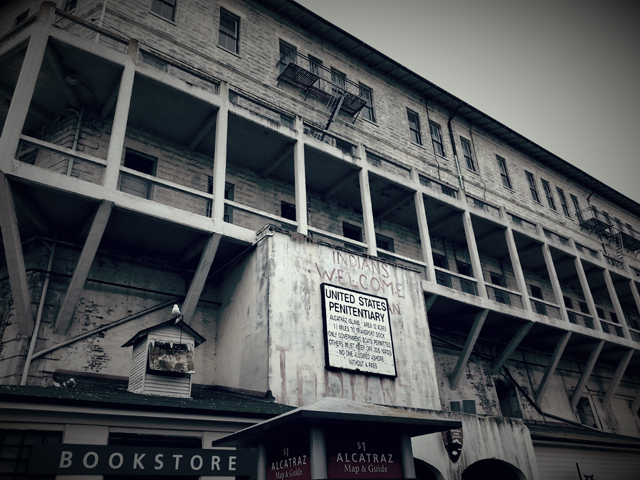
Provided you come on the earliest tour, before 9 am, walking enables you to take in sights more fully and take the occasional picture without getting photo bombed as the island gets pretty crowded with tourists before noon. Most buildings on Alcatraz share much of their visual appeal with other local examples of 19th century institutional architecture found at the Presidio, on Angel Island and Fort Point, to name a few.

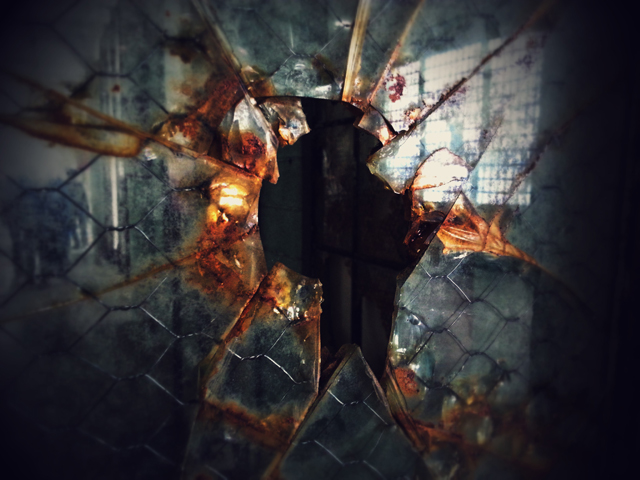
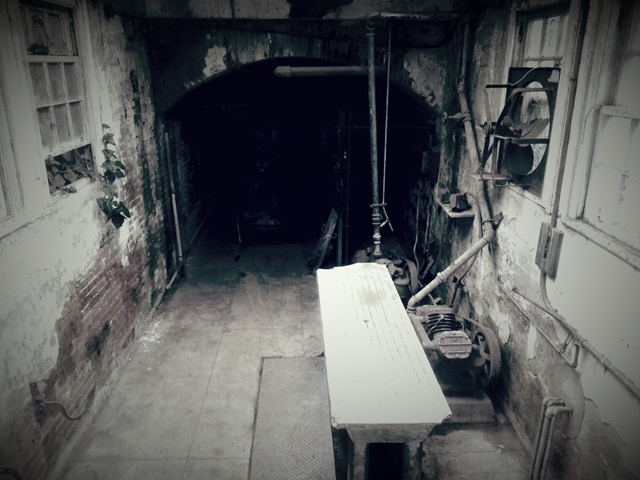
The prison’s buildings also appear more dilapidated, enhancing the haunted feeling many visitors feel. The warden’s house only retains four walls and the fireplace, for instance, but is positively cheerful, compared to the cell blocks, and especially the few cells dedicated to solitary confinement. The only time these cells were lit was when they were unoccupied.



There is currently an art exhibit offered for free on Alcatraz, by Chinese artist Ai Weiwei. Part of the exhibit is on display in the prison’s hospital which is usually closed to the public.
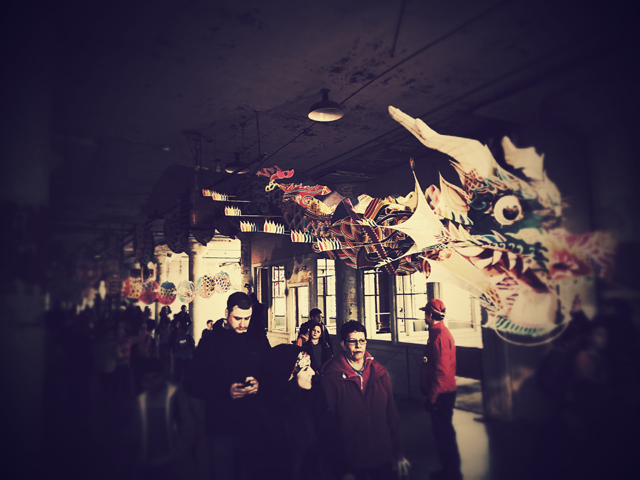
This means we got to see more on this trip than most visitors usually get to take in.
An audio tour is available once you enter the main prison building: a recorder is handed to you free of charge, with headphones. Sadly, this means people walk about following the recording’s directions, sometimes stopping abruptly in groups, by this cell, or that, blocking doors and hallways.
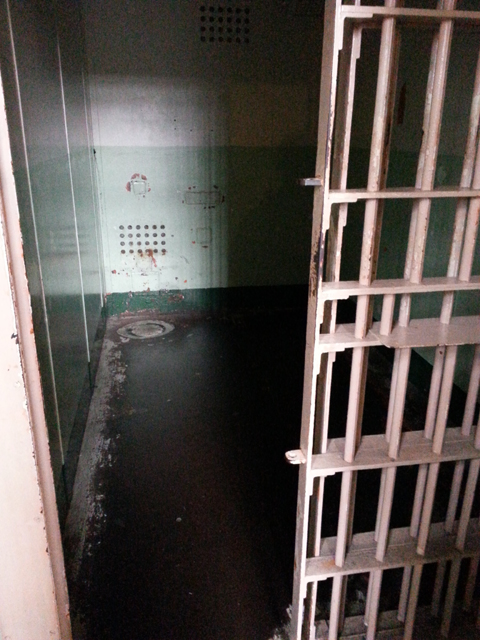
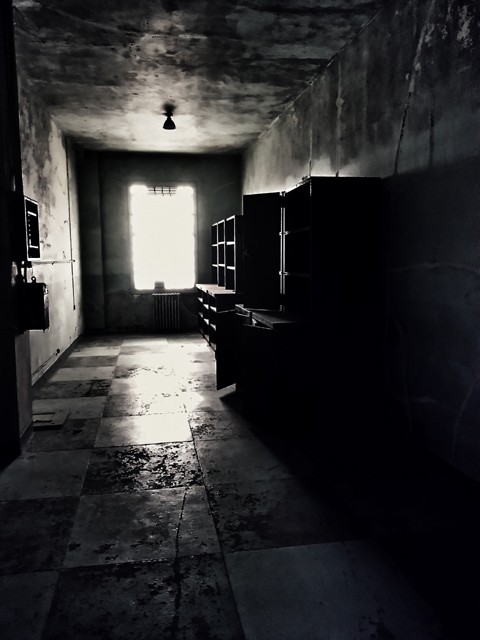
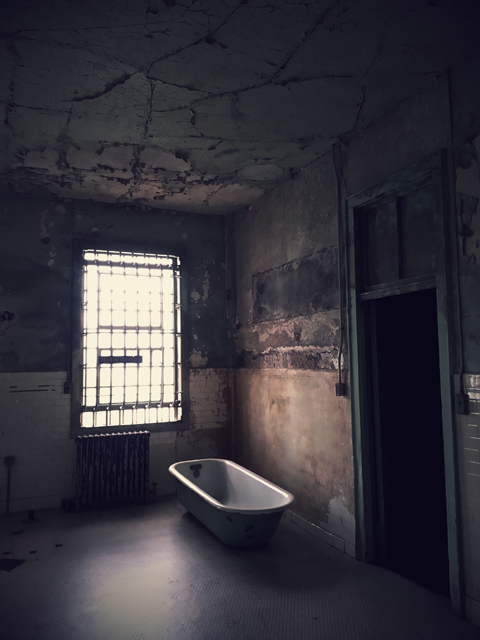
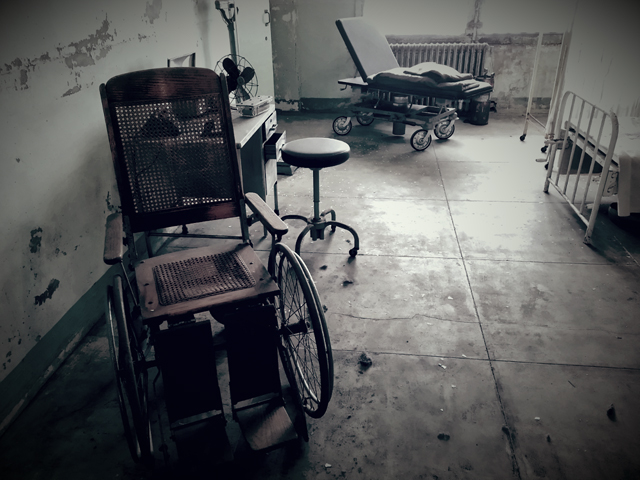
At some point in the near future, we will return to the Island, this time for a night tour of Alcatraz, in hopes to experience and capture something different.
Meanwhile we hope you enjoy these images…
The Prison. We didn’t take as many pics inside the prison as it was so awfully crowded.
@Large, is the name of the Weiwei exhibition. The link will take you the website with great descriptions and meanings of the various exhibits.
@Large turns Alcatraz into a space for dialogue about how we define liberty and justice, individual rights and personal responsibility. In artworks that balance political impact with aesthetic grace, the exhibition directly and imaginatively addresses the situation of people around the world who have been deprived of their freedom for speaking out about their beliefs — people like Ai himself.
These are the photos taken everywhere else on the island. The gardens have been lovingly restored by scores of volunteers. The bulk of the garden photos are from the prisoner’s garden adjacent to the exercise yard.
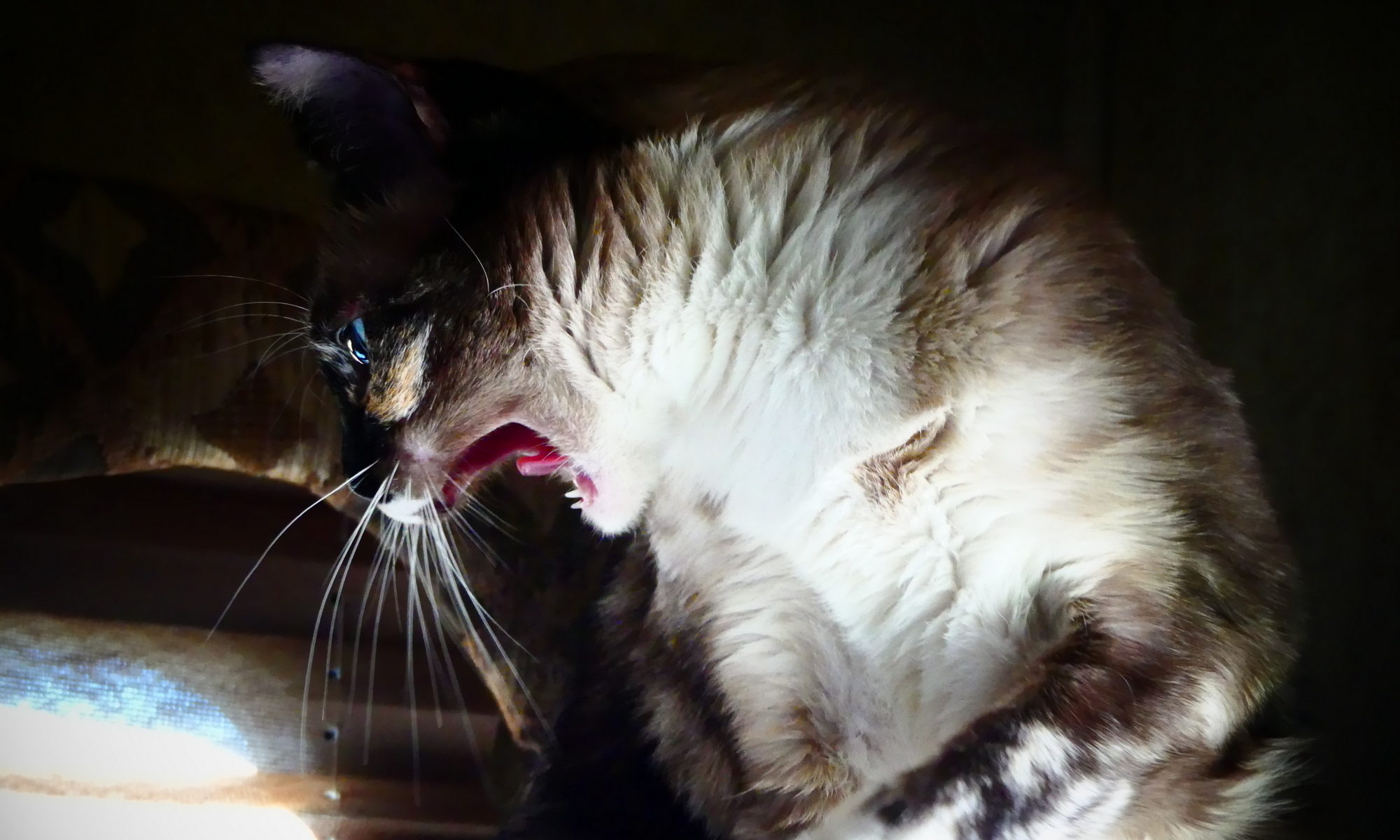
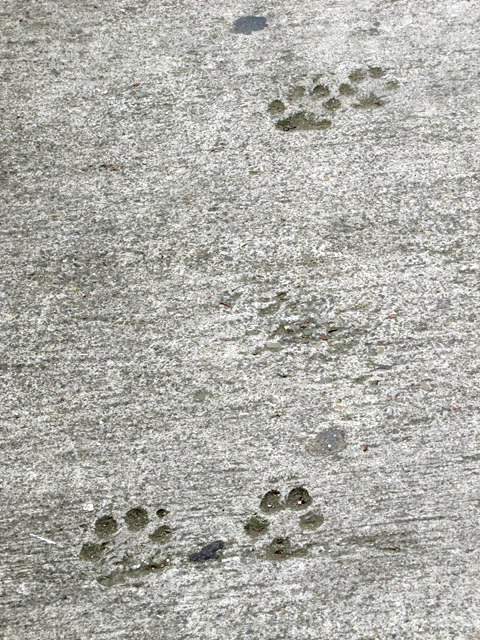




























































So many pictures! And they’re all gorgeous – what a feast for the eyes!
I’m glad you enjoyed them. We had more than twice that number of pics taken by two phones and my Canon. It took a while to sort them. It was really beautiful that day. I’ll admit that I was hoping for some blue sky as the contrast would have been nice. The gray skies helped to set the mood though.
i always avoided Alcatraz when visiting the San Francisco area. i know several forensic scientists and medical examiners that have visited this political prison. most people have the idea that this prison was for dangerously murderous prisoners, prisoners that committed mayhem merely for the sake of committing crimes … the inmates of this prison were men who were dangerous because of ideas, and therein lies the shame of a free nation. bleak, understaffed, the morgue is a disgrace and not at all conducive to actually performing forensic science but it appears to be perfect for dissecting a body, maybe learning a little bit of anatomy, but never delving into the actual cause of death. the cause may have been lack of proper medical care, lack of proper nutrition, certainly we know that isolation kills but any underlying disease or defect would not have been explored. that really isn’t all that unusual. most coroners (and there are still many areas of the US who elect coroners) are NOT medical doctors trained to perform the difficult tasks of unraveling why a person died. it’s easy to pronounce someone “deceased”, it’s lots harder to find out why they died and that information is often crucial to genetically linked relatives.
this photo gallery and slide show is an excellent reminder of who we are, how we have treated various “inconvenient” members of our society and why we must not forget our past and try to improve our future. thank you for sharing this excellent photo album and providing a reminder to us all of the danger of forgetting or accepting any “history” without question. there is always more to any “history” than what we may be taught or allowed to know. question everything!
this is not to imply that dangerous or murderous criminals were not housed here, however, first and foremost, this was intended as a political prison. just to clarify my post.
It was a political prison originally, as you say. I’ll admit though that it’s oddly beautiful now that it’s no longer used for its original purpose. The gardens have been restored and the dilapidation has great appeal. I put it off too, as the prison doesn’t hold that much interest for me. I’ll admit that the hospital was interesting in a macabre way though. I don’t regret going for one moment and it was well worth it. 🙂